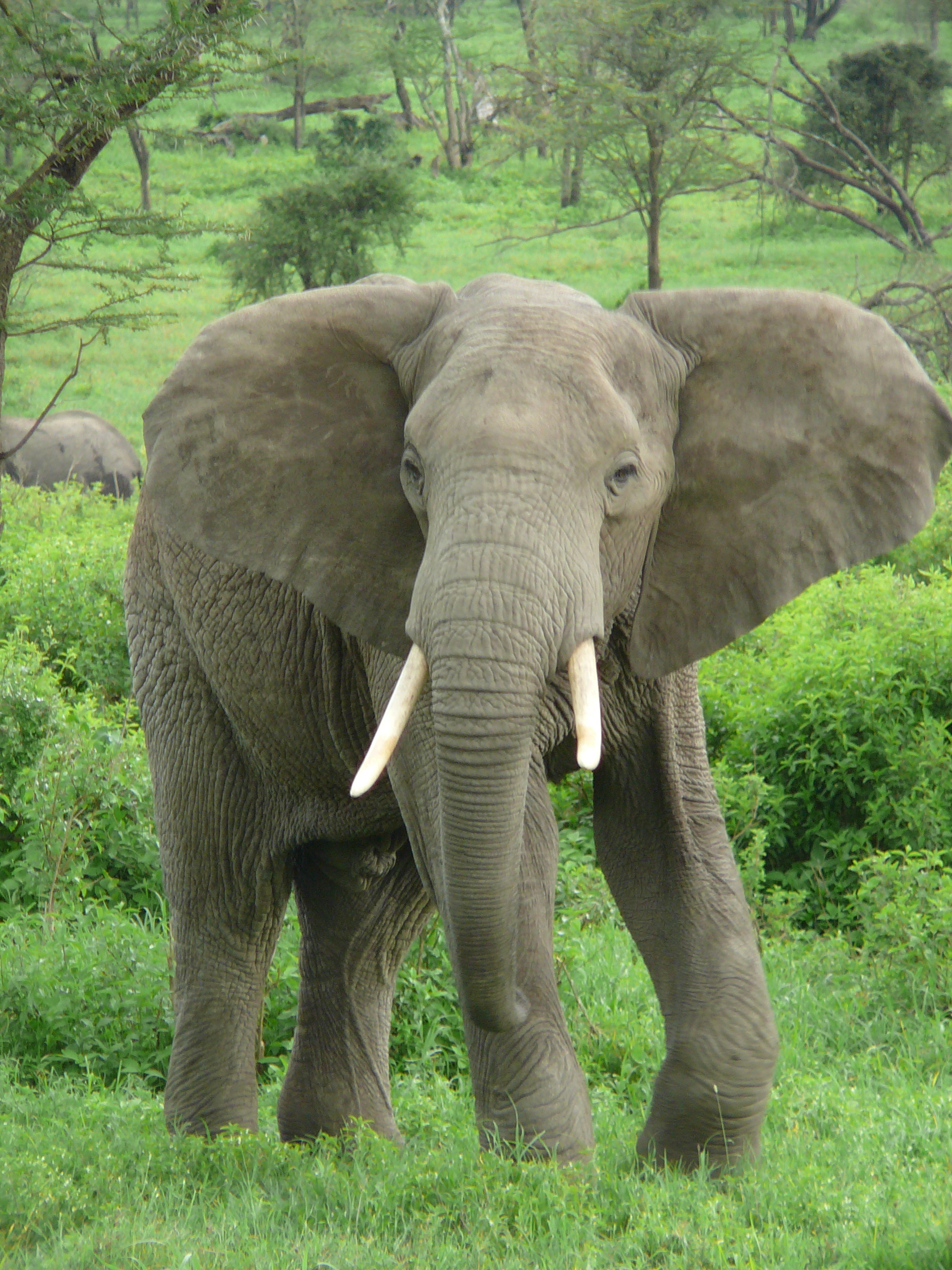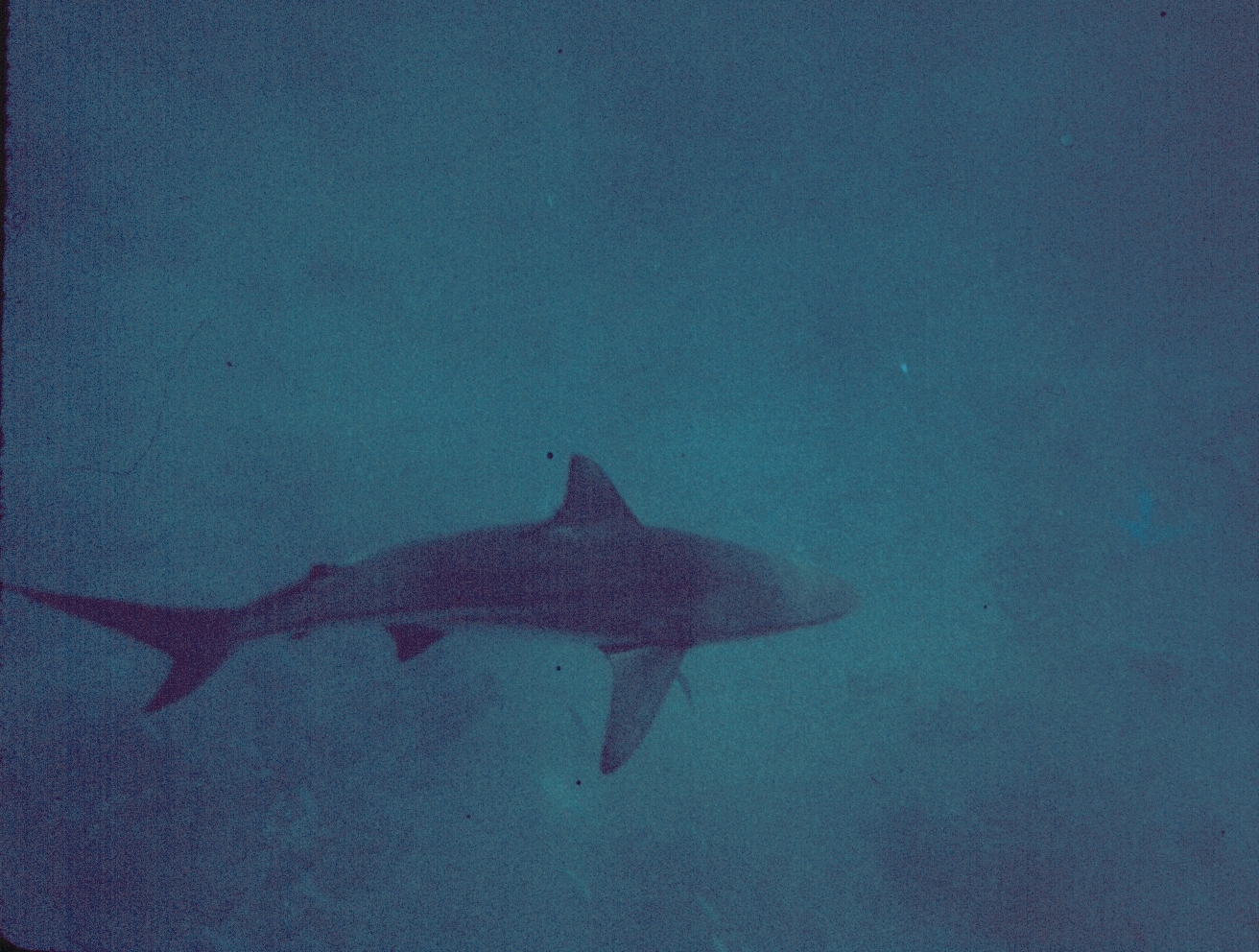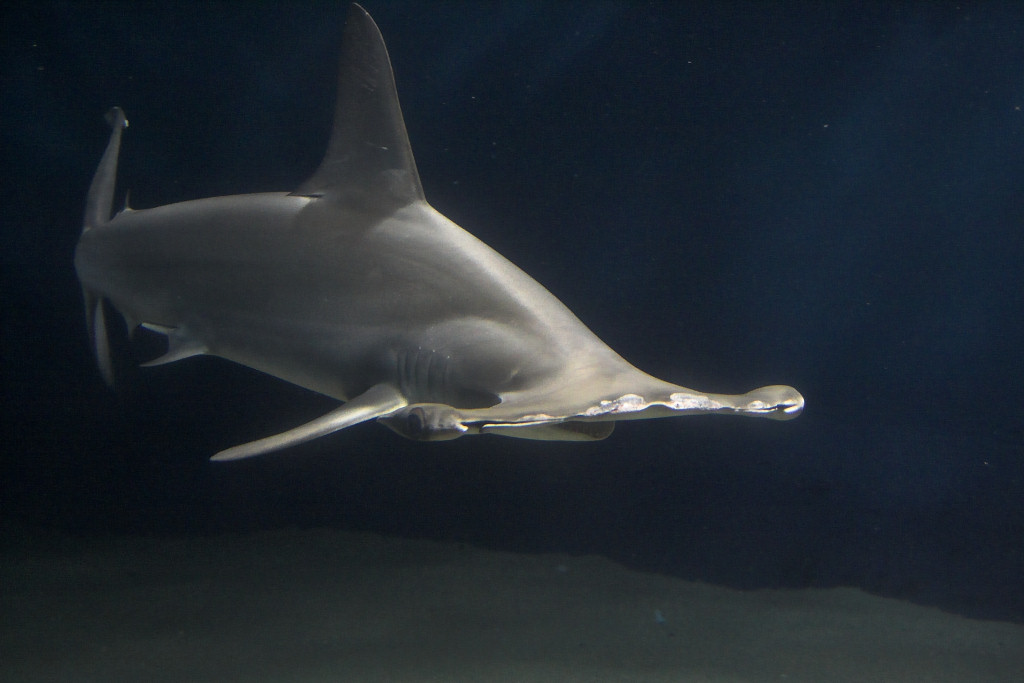|
Sodwana Bay
Sodwana Bay is a bay in South Africa on the KwaZulu Natal north coast, between St. Lucia and Lake Sibhayi. It is in the Sodwana Bay National Park, and the Maputaland Marine Reserve, and is a popular recreational diving destination. The term is commonly used to refer to both the marine reserve and the terrestrial park, as well as the geographical bay. Sodwana Bay National Park is a narrow strip of forested sand dunes located along the east coast. Proclaimed a national park in the 1950s, it is frequented by anglers and divers. Sodwana is situated in the Maputaland Marine Protected Area and is the only recreational scuba diving area along the Greater St Lucia Wetlands Park (now renamed to iSimangaliso) coastline. Classified as one of the top dive sites in the world, the park is visited by some 35 000 scuba divers per year. The bay is near the southern end of the tropical western Indo-Pacific marine ecoregion, and reef-building corals are present. The reef complex is the habitat of ... [...More Info...] [...Related Items...] OR: [Wikipedia] [Google] [Baidu] |
Humpback Whale
The humpback whale (''Megaptera novaeangliae'') is a species of baleen whale. It is a rorqual (a member of the family Balaenopteridae) and is the only species in the genus ''Megaptera''. Adults range in length from and weigh up to . The humpback has a distinctive body shape, with long pectoral fins and tubercles on its head. It is known for breaching and other distinctive surface behaviors, making it popular with whale watchers. Males produce a complex song typically lasting 4 to 33 minutes. Found in oceans and seas around the world, humpback whales typically migrate up to each year. They feed in polar waters and migrate to tropical or subtropical waters to breed and give birth. Their diet consists mostly of krill and small fish, and they use bubbles to catch prey. They are promiscuous breeders, with both sexes having multiple partners. Orcas are the main natural predators of humpback whales. Like other large whales, the humpback was a target for the whalin ... [...More Info...] [...Related Items...] OR: [Wikipedia] [Google] [Baidu] |
Megafauna
In terrestrial zoology, the megafauna (from Greek μέγας ''megas'' "large" and New Latin '' fauna'' "animal life") comprises the large or giant animals of an area, habitat, or geological period, extinct and/or extant. The most common thresholds used are weight over see page 17 (i.e., having a mass comparable to or larger than a human) or over a tonne, (i.e., having a mass comparable to or larger than an ox). The first of these include many species not popularly thought of as overly large, and being the only few large animals left in a given range/area, such as white-tailed deer, Thomson's gazelle, and red kangaroo. In practice, the most common usage encountered in academic and popular writing describes land mammals roughly larger than a human that are not (solely) domesticated. The term is especially associated with the Pleistocene megafauna – the land animals often larger than their extant counterparts that are considered archetypical of the last ice age, such as ... [...More Info...] [...Related Items...] OR: [Wikipedia] [Google] [Baidu] |
Latimeria Chalumnae
The West Indian Ocean coelacanth (''Latimeria chalumnae'') (sometimes known as gombessa, African coelacanth, or simply coelacanth) is a crossopterygian, one of two extant species of coelacanth, a rare order of vertebrates more closely related to lungfish and tetrapods than to the common ray-finned fishes. The other extant species is the Indonesian coelacanth (''L. menadoensis''). The West Indian Ocean coelacanth was historically known by fishermen around the Comoro Islands (where it is known as ''gombessa''), Madagascar, and Mozambique in the western Indian Ocean, but first scientifically recognised from a specimen collected in South Africa in 1938. This coelacanth was once thought to be evolutionarily conservative, but discoveries have shown initial morphological diversity. It has a vivid blue pigment, and is the better known of the two extant species. The species has been assessed as critically endangered on the IUCN Red List. Anatomy and physiology The average weight ... [...More Info...] [...Related Items...] OR: [Wikipedia] [Google] [Baidu] |
Coelacanths
The coelacanths ( ) are fish belonging to the order Actinistia that includes two extant species in the genus ''Latimeria'': the West Indian Ocean coelacanth (''Latimeria chalumnae''), primarily found near the Comoro Islands off the east coast of Africa, and the Indonesian coelacanth (''Latimeria menadoensis''). The name "coelacanth" originates from the Permian genus ''Coelacanthus'', which was the first scientifically named coelacanth. Coelacanths follow the oldest-known living lineage of Sarcopterygii (lobe-finned fish and tetrapods), which means they are more closely related to lungfish and tetrapods (which includes amphibians, reptiles, birds and mammals) than to ray-finned fish. They are found along the coastline of Indonesia and in the Indian Ocean. The West Indian Ocean coelacanth is a critically endangered species. The oldest known coelacanth fossils are over 410 million years old. Coelacanths were thought to have become extinct in the Late Cretaceous, around 66 milli ... [...More Info...] [...Related Items...] OR: [Wikipedia] [Google] [Baidu] |
National Geographic (magazine)
''National Geographic'' (formerly the ''National Geographic Magazine'', sometimes branded as NAT GEO) is a popular American monthly magazine published by National Geographic Partners. Known for its photojournalism, it is one of the most widely read magazines of all time. The magazine was founded in 1888 as a scholarly journal, nine months after the establishment of the society, but is now a popular magazine. In 1905, it began including pictures, a style for which it became well-known. Its first color photos appeared in the 1910s. During the Cold War, the magazine committed itself to present a balanced view of the physical and human geography of countries beyond the Iron Curtain. Later, the magazine became outspoken on environmental issues. Since 2019, controlling interest has been held by The Walt Disney Company. Topics of features generally concern geography, history, nature, science, and world culture. The magazine is well known for its distinctive appearance: a thick ... [...More Info...] [...Related Items...] OR: [Wikipedia] [Google] [Baidu] |
Loggerhead Sea Turtle
The loggerhead sea turtle (''Caretta caretta'') is a species of oceanic turtle distributed throughout the world. It is a marine reptile, belonging to the family Cheloniidae. The average loggerhead measures around in carapace length when fully grown. The adult loggerhead sea turtle weighs approximately , with the largest specimens weighing in at more than . The skin ranges from yellow to brown in color, and the shell is typically reddish brown. No external differences in sex are seen until the turtle becomes an adult, the most obvious difference being the adult males have thicker tails and shorter plastrons (lower shells) than the females. The loggerhead sea turtle is found in the Atlantic, Pacific, and Indian Oceans, as well as the Mediterranean Sea. It spends most of its life in saltwater and estuarine habitats, with females briefly coming ashore to lay eggs. The loggerhead sea turtle has a low reproductive rate; females lay an average of four egg clutches and then bec ... [...More Info...] [...Related Items...] OR: [Wikipedia] [Google] [Baidu] |
Leatherback Turtle
The leatherback sea turtle (''Dermochelys coriacea''), sometimes called the lute turtle or leathery turtle or simply the luth, is the largest of all living turtles and the heaviest non-crocodilian reptile, reaching lengths of up to and weights of . It is the only living species in the genus ''Dermochelys'' and family Dermochelyidae. It can easily be differentiated from other modern sea turtles by its lack of a bony shell; instead, its carapace is covered by oily flesh and flexible, leather-like skin, for which it is named. Taxonomy and evolution Taxonomy ''Dermochelys coriacea'' is the only species in genus ''Dermochelys''. The genus, in turn, contains the only extant member of the family Dermochelyidae. Domenico Agostino Vandelli named the species first in 1761 as ''Testudo coriacea'' after an animal captured at Ostia and donated to the University of Padua by Pope Clement XIII. In 1816, French zoologist Henri Blainville coined the term ''Dermochelys''. The leatherback was ... [...More Info...] [...Related Items...] OR: [Wikipedia] [Google] [Baidu] |
Potato Cod
The potato grouper (''Epinephelus tukula''), also called the potato cod or potato bass, is a species of marine ray-finned fish, a grouper from the subfamily Epinephelinae which is part of the family Serranidae, which also includes the anthias and sea basses. It has a wide Indo-Pacific distribution. Description The potato grouper has a standard length which is 2.9 to 3.5 times its depth. It has a slightly convex region between the eyes and the dorsal profile of the head is straight. The preopercle is rounded or subangular and it has slightly enlarged serrations at its corner while the gill cover has a straight upper margin. There are 11 spines and 14-15 soft rays in the dorsal fin and three spines and eight rays in the anal fin. The membranes between the dorsal fin spines are notched. The caudal fin is rounded. This species is pale brownish-grey in overall colour and it is covered in large dark widely separated blotches. Dark lines radiate out from the eyes and there are small da ... [...More Info...] [...Related Items...] OR: [Wikipedia] [Google] [Baidu] |
Orange-spotted Grouper
The orange-spotted grouper (''Epinephelus coioides''), also known as the brown-spotted rockcod, estuary cod, estuary rockcod, goldspotted rockcod, greasy cod, North-west groper, orange spotted cod or blue-and-yellow grouper, is a species of marine ray-finned fish, a grouper from the subfamily Epinephelinae which is part of the family Serranidae, which also includes the anthias and sea basses. It has an Indo-Pacific distribution and is found in marine and brackish waters. Description The orange-spotted grouper has an elongate body which has a standard length that is 2.9 to 3.7 times its depth. The dorsal profile of the head is flat or slightly convex between the eyes, the preopercle has enlarged serrations at its angle and a shallow notch just above the angle. The upper margin of the gill cover may be straight or slightly convex. The dorsal fin contains 11 spines and 13-16 soft rays while the anal fin has 3 spines and 8 soft rays. The membranes between the dorsal fin spines are obv ... [...More Info...] [...Related Items...] OR: [Wikipedia] [Google] [Baidu] |
Manta Rays
Manta rays are large rays belonging to the genus '' Mobula'' (formerly its own genus ''Manta''). The larger species, '' M. birostris'', reaches in width, while the smaller, '' M. alfredi'', reaches . Both have triangular pectoral fins, horn-shaped cephalic fins and large, forward-facing mouths. They are classified among the Myliobatiformes ( stingrays and relatives) and are placed in the family Myliobatidae (eagle rays). They have the largest brains and brain to body ratio of all fish, and can pass the mirror test. Mantas are found in warm temperate, subtropical and tropical waters. Both species are pelagic; ''M. birostris'' migrates across open oceans, singly or in groups, while ''M. alfredi'' tends to be resident and coastal. They are filter feeders and eat large quantities of zooplankton, which they gather with their open mouths as they swim. However, research suggests that the majority of their diet (73%) actually comes from mesopelagic sources. Gestation lasts ove ... [...More Info...] [...Related Items...] OR: [Wikipedia] [Google] [Baidu] |
Blacktip Shark
The blacktip shark (''Carcharhinus limbatus'') is a species of requiem shark, and part of the family Carcharhinidae. It is common to coastal tropical and subtropical waters around the world, including brackish habitats. Genetic analyses have revealed substantial variation within this species, with populations from the western Atlantic Ocean isolated and distinct from those in the rest of its range. The blacktip shark has a stout, fusiform body with a pointed snout, long gill slits, and no ridge between the dorsal fins. Most individuals have black tips or edges on the pectoral, dorsal, pelvic, and caudal fins. It usually attains a length of . Swift, energetic piscivores, blacktip sharks are known to make spinning leaps out of the water while attacking schools of small fish. Their demeanor has been described as "timid" compared to other large requiem sharks. Both juveniles and adults form groups of varying size. Like other members of its family, the blacktip shark is viviparous; ... [...More Info...] [...Related Items...] OR: [Wikipedia] [Google] [Baidu] |
Hammerhead Shark
The hammerhead sharks are a group of sharks that form the family Sphyrnidae, so named for the unusual and distinctive structure of their heads, which are flattened and laterally extended into a "hammer" shape called a cephalofoil. Most hammerhead species are placed in the genus '' Sphyrna'', while the winghead shark is placed in its own genus, ''Eusphyra''. Many different, but not necessarily mutually exclusive, functions have been postulated for the cephalofoil, including sensory reception, manoeuvering, and prey manipulation. The cephalofoil gives the shark superior binocular vision and depth perception. Hammerheads are found worldwide in warmer waters along coastlines and continental shelves. Unlike most sharks, some hammerhead species usually swim in schools during the day, becoming solitary hunters at night. Description The known species range from in length and weigh from . One specimen caught off the Florida coast in 1906 weighed over . They are usually light gray an ... [...More Info...] [...Related Items...] OR: [Wikipedia] [Google] [Baidu] |







